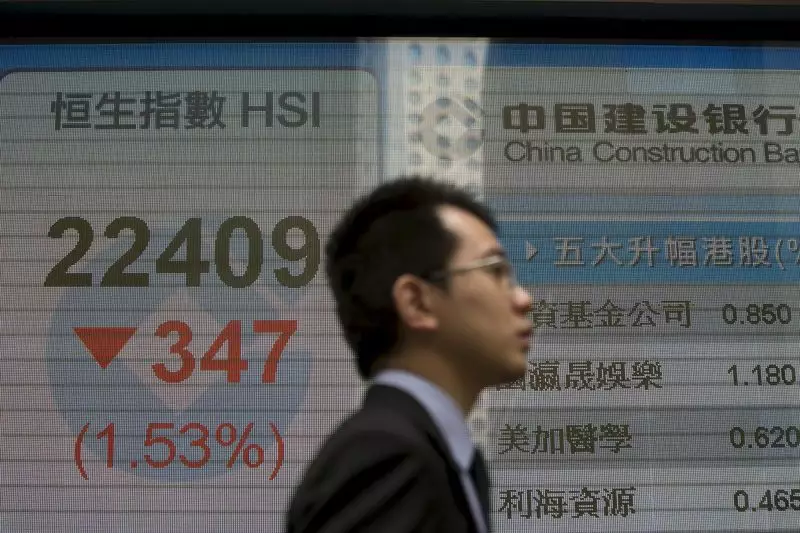Recent trading sessions have shown a notable tendency for most Asian markets to decline, driven by global uncertainties related to interest rates and the upcoming U.S. presidential elections. As investors reassess their risk exposures, regional benchmarks faltered, primarily influenced by mixed signals from Wall Street which retreated from historic highs. The backdrop of increasing Treasury yields has added to the unease, leaving traders in a cautious stance.
The impending U.S. elections, just around the corner, have further complicated the landscape. Current polling suggests a competitive race, with Republican candidate Donald Trump reportedly gaining momentum against Vice President Kamala Harris. As a result, market participants are holding their breath, waiting for clear outcomes that could set the tone for fiscal policies and economic outlooks.
Among the various stock indices in the Asian region, Japan’s Nikkei 225 was particularly hard-hit, sinking by 1.7%. This contraction is occurring even as the yen reaches its lowest levels in approximately three months, a development that might typically bolster export-focused companies. The pressure on the yen is likely tied to speculation surrounding the Bank of Japan’s ability to implement any further interest rate hikes, thus raising apprehensions among domestic investors.
Compounding this uncertainty, Japan is scheduled to conduct general elections later this month, coinciding with critical inflation data expected from Tokyo. These elements are anticipated to substantially shape the outlook for Japanese monetary policy, prompting traders to remain vigilant.
In stark contrast, Chinese markets displayed a bit of resilience, with the Shanghai Composite index and the Shanghai Shenzhen CSI 300 making modest gains between 0.2% and 0.3%. This rise can be attributed to a recent proactive measure from the People’s Bank of China, which delivered a larger-than-anticipated cut to its benchmark loan prime rate. Such steps are part of a broader strategy aimed at stimulating economic growth as Beijing grapples with ongoing economic challenges.
Broader trends across Asia saw indices such as South Korea’s KOSPI and Australia’s ASX 200 shed over 1% and 1.4% respectively. The Australian index, specifically, appeared to be responding to a round of profit-taking following its recent record highs, reflecting a natural recalibration as investors digest corporate earnings and broader economic indicators.
Futures trading for India’s Nifty 50 index indicated a flat start as it too experienced a minor downturn amid profit-taking efforts and lukewarm quarterly earnings reports from notable Indian corporations. This decline underscores the extent to which investor sentiment is being swayed by global market narratives and domestic business performance.
As the week progresses, eyes will remain trained on a variety of pivotal earnings announcements and economic data releases across the Asia-Pacific region. These developments will significantly influence market dynamics. Investors continue to seek clarity on both U.S. electoral outcomes and regional monetary policies, which are likely to remain central to shaping market trajectories in the near future.

